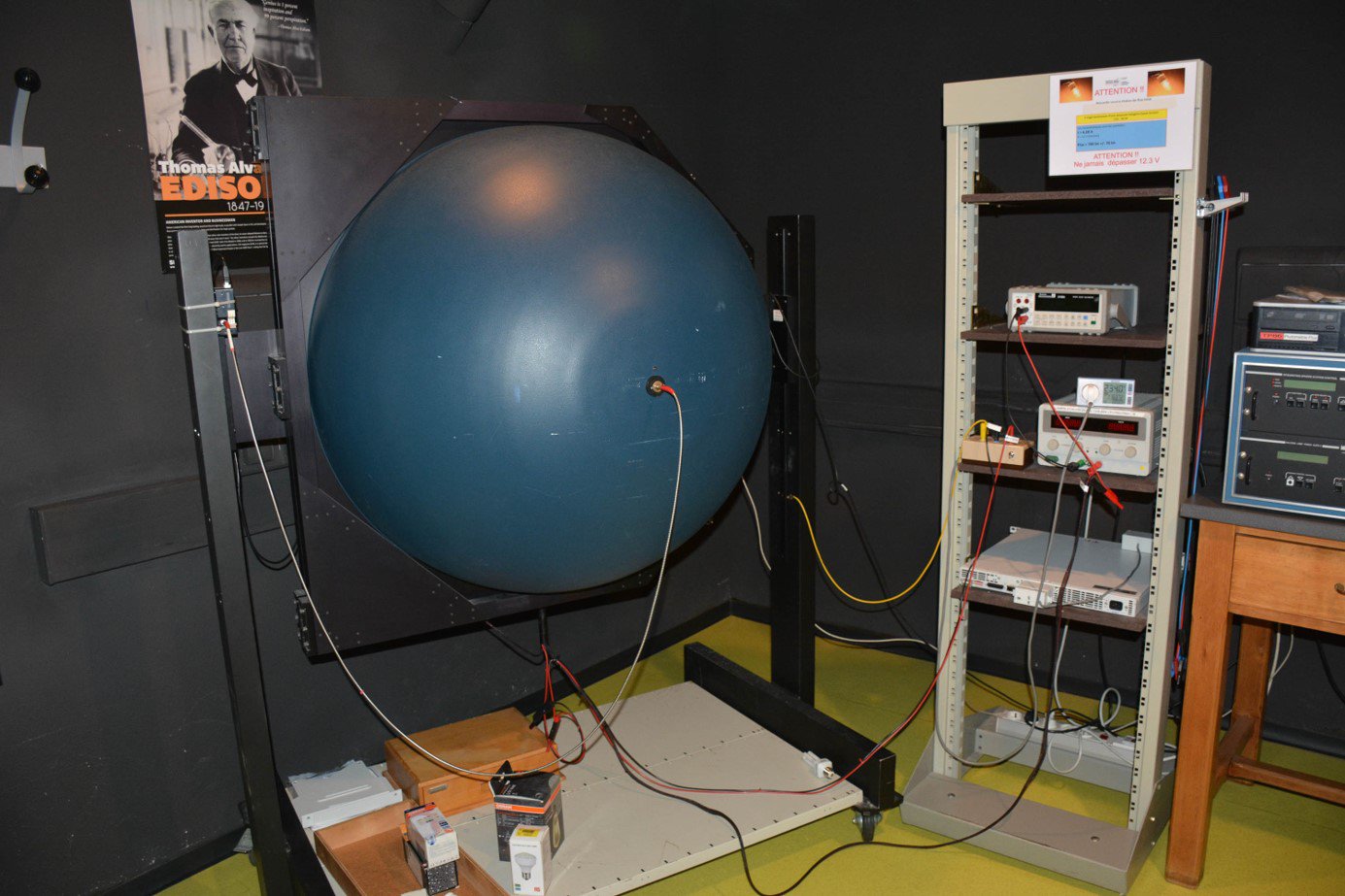In complement of my research activities, I also participate to the formation of students on the Paris Saclay campus.
Since 2022, Jacqueline Bloch (JB) and Emmanuelle Deleporte (ED), and Sylvain Ravets (SR) propose a new class for Master 2 students at université Paris Saclay (Master 2 QLMN). The course aims at describing light-matter interaction in condensed matter systems in close connection with on-going state of the art research. It focuses on semiconductor nanostructures and their use to tailor light matter interaction, realize sources of quantum light and explore quantum fluids of light.
I am always happy to welcome third year engineering students from Ecole Polytechnique who are interested in spending a day per week in the lab to work on their PRL ("Projet de recherche en lboratoire").
2022-2023: Photon-photon interactions in semiconductor microcavities: a numerical study: Two students developped a code to efficiently solve the master equation for an ensemble of driven Kerr resonators using the stochastic positive-P method.
Briac Flesselles
Bosco d'Aligny
2023-2024: Modelisation and characterization of adiabatic semiconductor microcavities: One student performed numerical calculations to understand the optical properties of specially designed semiconductor microcavities based on the so-called "adiabatic/tapered cavity" concept. Experimental measurements were performed to confirm the predicted effects.
Jiangjing Dong
I am always happy to welcome second year engineering students from Ecole Polytechnique who are volunteering to get introduced to the world of Academic research by working in our labs half a day per week for their PSC ("Projet Scientifique Collectif").
2019-2020: Engineering light propagation in arrays of semiconductor microcavities: One pair of students performed numerical calculations to explore negative coupling engineering in polariton lattices while the other pair studied wave propagation in quasiperiodic potentials.
We introduce the students to photometry measurements during four different 4h30 long sessions:
Mesuring luminance,
Lighting sources performance,
Photometry of microscope objectives,
Science of color.
Click on the following link to download the lab texts: S7-2021-Photometrie.EN.pdf
